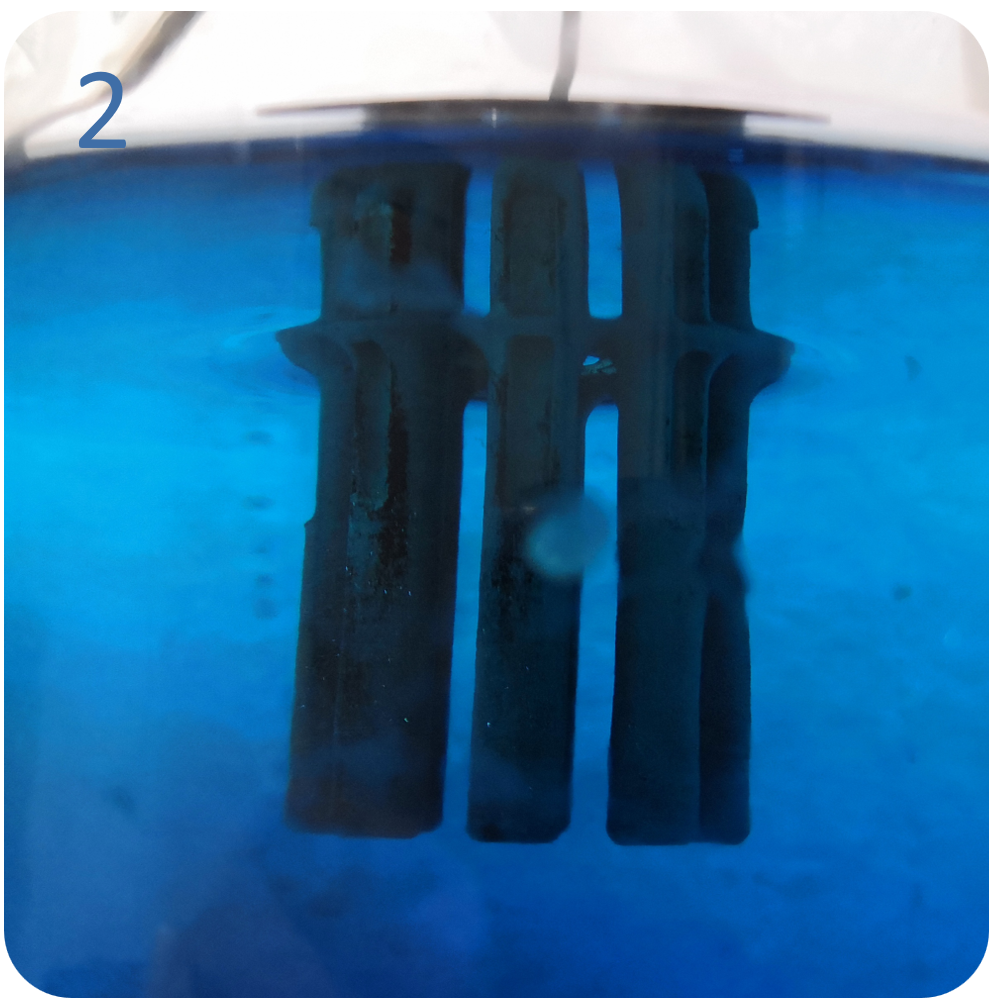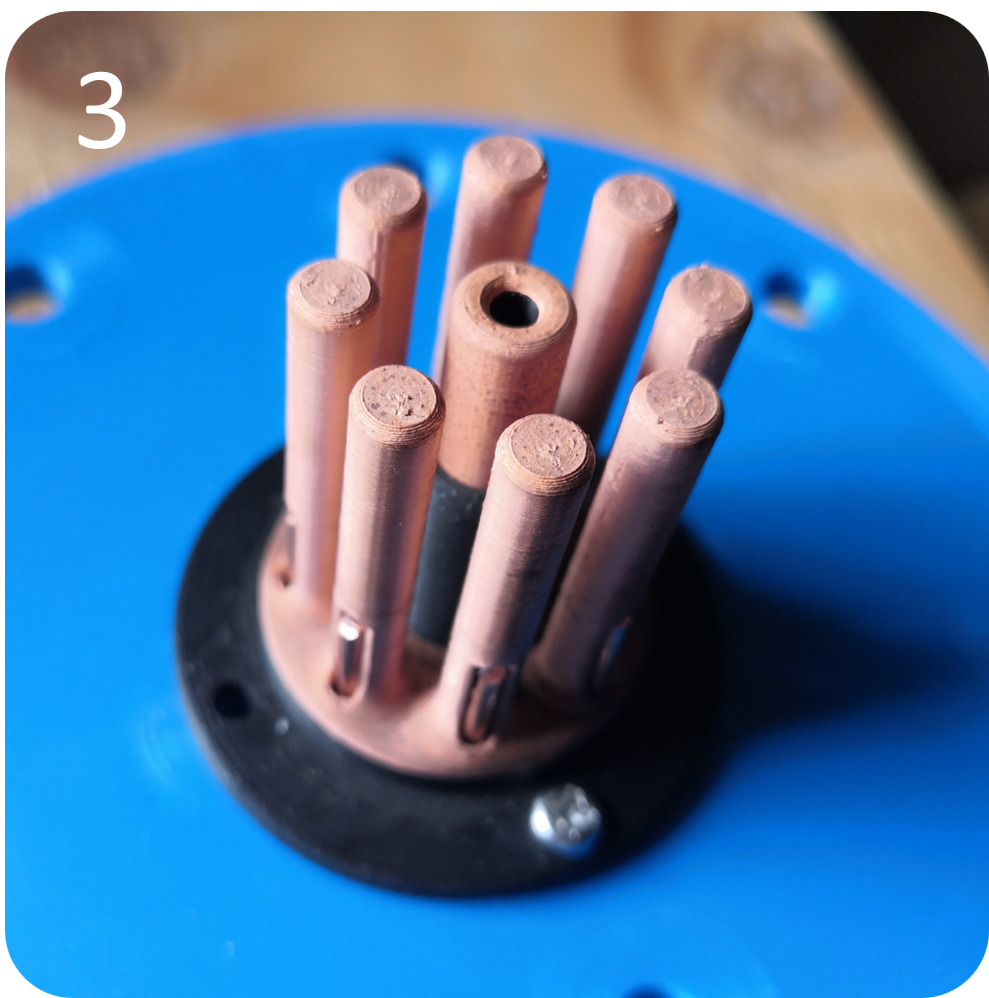Design Basics
A first step is to understand the current state of knowledge. Parameters from existing and past DPF experiments were collected in a database:
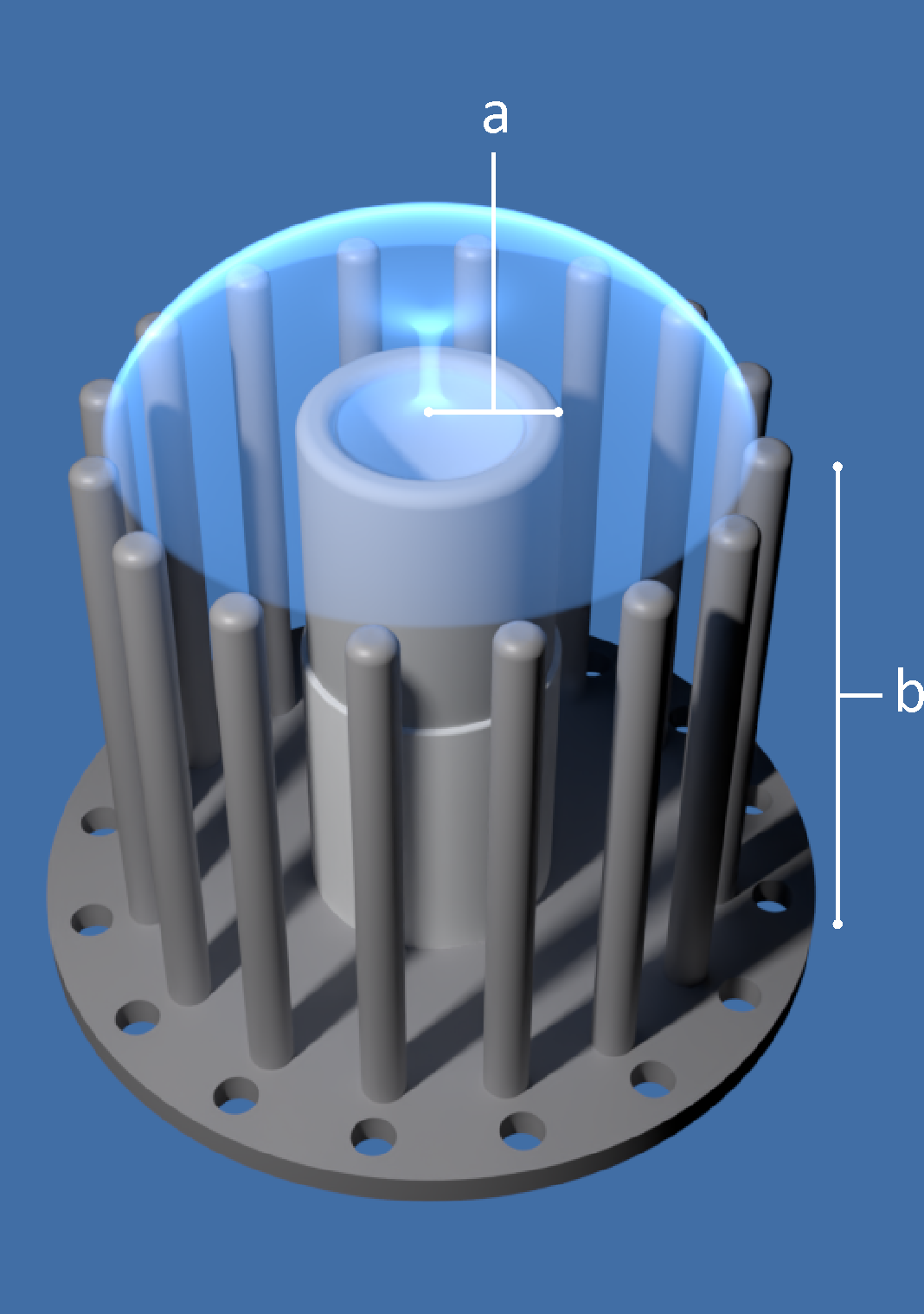

Each dot on a graph is a different DPF. Plots like the first two guide the design of new devices, and the third estimates performance.
With this information in hand, the next job is to build one:
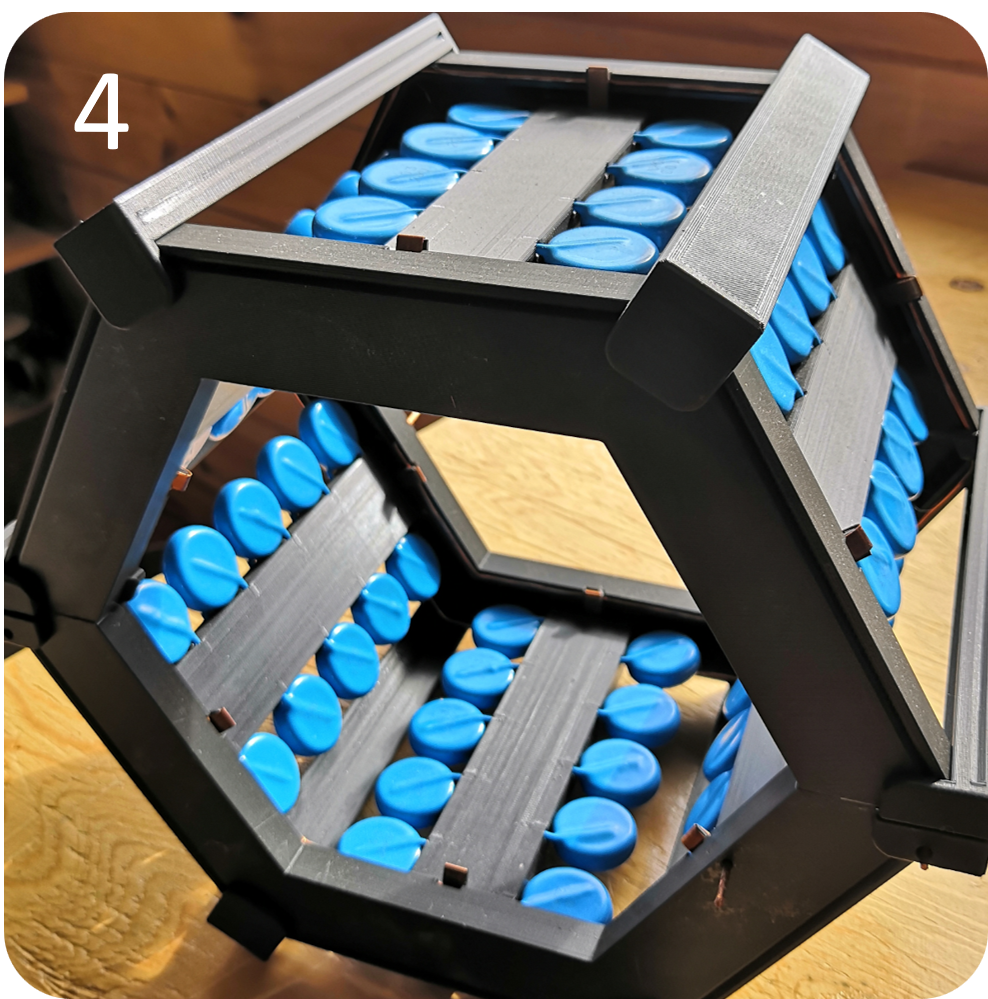
Pulsed energy storage: about 50 Joules at 15 kilovolts.

Made it down to operating pressure with a small vacuum pump.
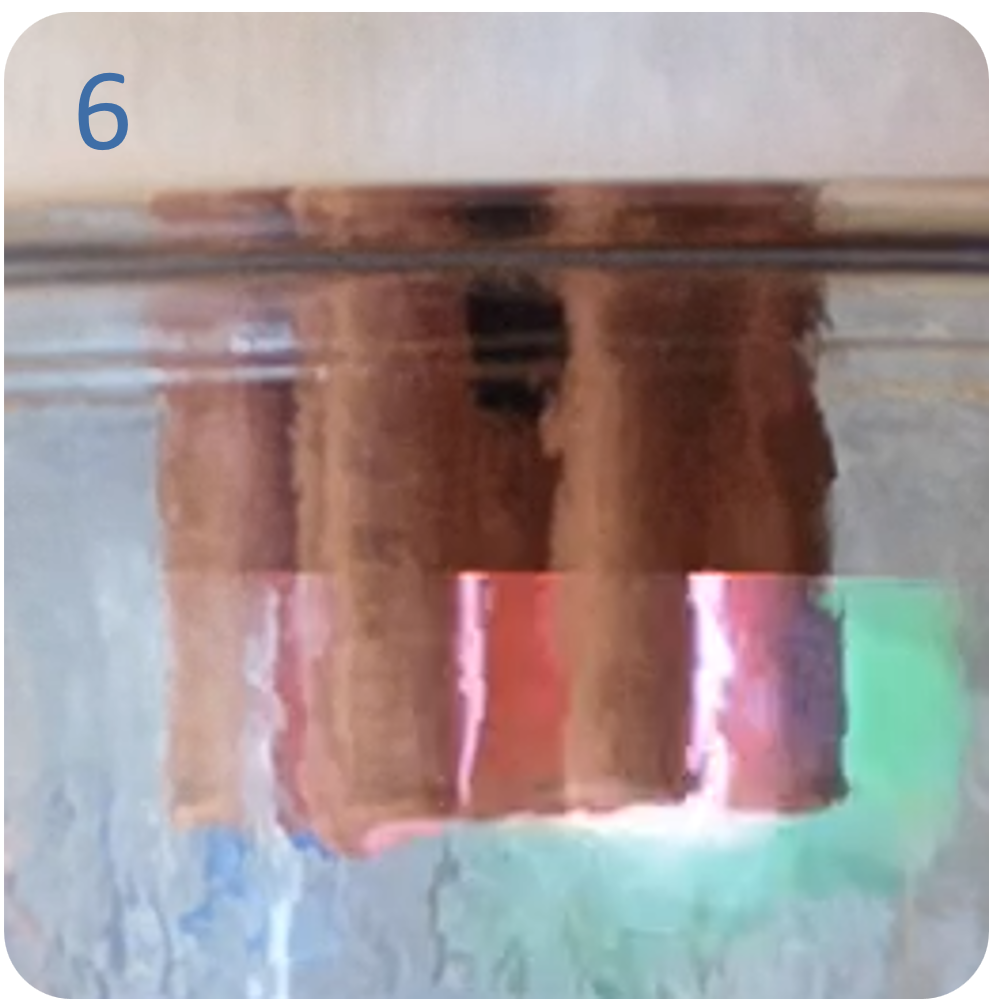
The phone camera is too slow, but does its best. (And yes, it died shortly after taking this video. Sigh.)
Did the DPF work?
No: The insulator between the inner and outer electrodes was the wrong material, and the connection to the power system was not optimized.
Regardless, a good learning exercise during lockdown. A research-ready upgrade with basic diagnostics is under construction.


